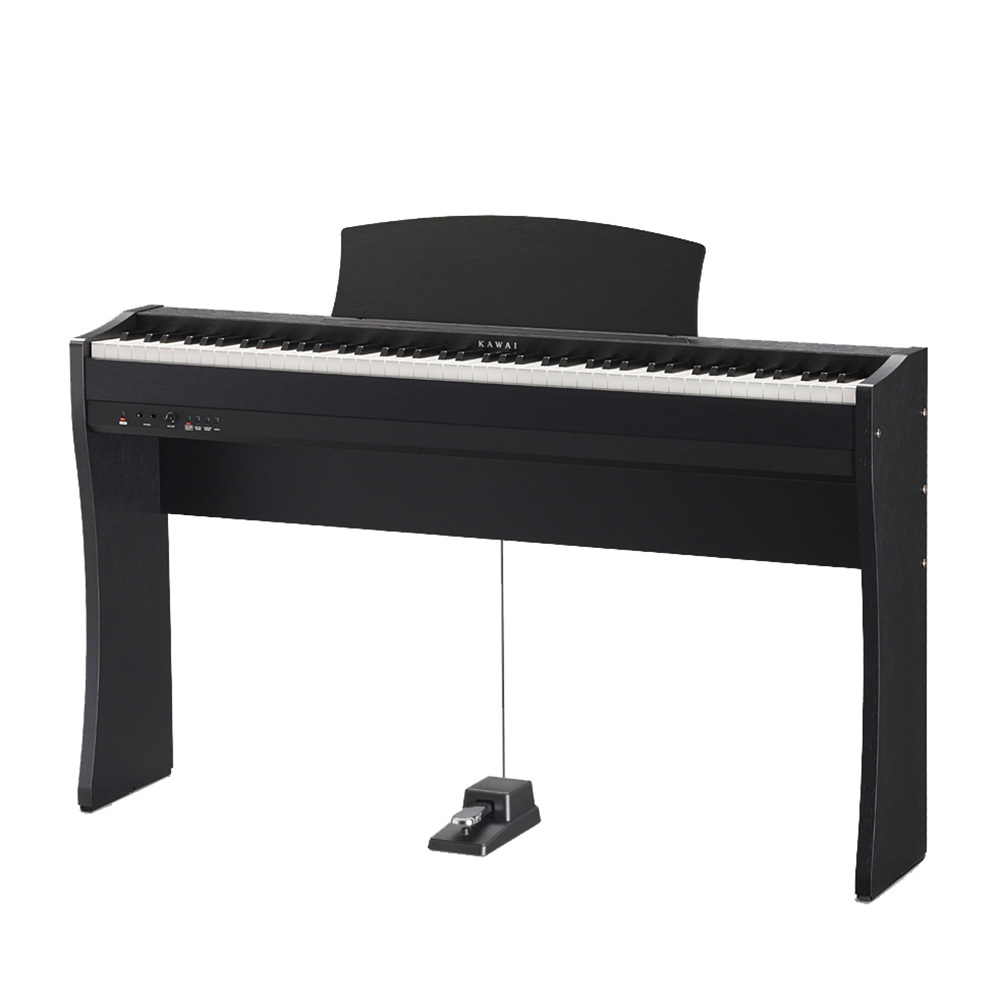1. Introduction: What is a Digital Piano?
Digital pianos are an excellent choice for those who want to enjoy the sound and feel of an acoustic piano without the hassle of tuning and maintenance. They offer a wide range of sounds, from classical grand pianos to electric organs and synthesizers. Digital pianos feature weighted keys, which means that they respond to your touch just like an acoustic piano does. They also come with a variety of features, such as digital effects, built-in metronomes, and more.
2. Benefits of Digital Pianos
Digital pianos offer many benefits over traditional acoustic pianos. For starters, they are much more compact and lightweight than an acoustic piano, making them ideal for homes with limited space. Additionally, they don’t require tuning or regular maintenance like an acoustic piano does. Digital pianos also have the ability to record and playback your performances, so you can share your music with friends and family or use it as a learning tool. Finally, digital pianos come with a variety of sounds and effects that can be used to create unique musical pieces.
3. Getting Started with Your Digital Piano
Before you begin playing your digital piano, it’s important to make sure that it is properly set up and tuned. This includes adjusting the height of the keyboard stand, connecting all necessary cables, setting up any additional speakers or amplifiers if needed, and ensuring that the keyboard is in tune. Once your digital piano is set up correctly, you can start exploring its features and sounds!
4. Basic Techniques for Playing the Digital Piano
Once you’ve got your digital piano set up correctly, it’s time to start playing! The most basic technique for playing the digital piano is to simply press down on the keys with your fingers. You can also use your thumbs to play octaves (two notes at once) or use both hands together to play chords (three notes at once). Additionally, you can use the sustain pedal (or foot pedal) which will sustain any note or chord you play until you release it.
5. Advanced Techniques for Playing the Digital Piano
As you become more comfortable playing the digital piano, you can explore more advanced techniques such as arpeggios (rapidly repeating notes), legato (smoothly connected notes), staccato (short notes), vibrato (shaking a note), trills (rapid alternation between two notes), glissando (sliding between two notes), and more! You can also experiment with different styles of music such as jazz, blues, classical, rock, pop etc., to find what type of music suits you best.
6. Learning Music Theory to Enhance Your Playing
Learning music theory is essential if you want to become a proficient player on any instrument including the digital piano. Music theory will help you understand how chords work together in different keys and how different scales are constructed. It will also teach you how to read sheet music so that you can learn songs faster and easier. There are plenty of resources available online or in books that will help you get started with learning music theory.
7. How to Record and Share Your Music
Many digital pianos come with recording capabilities so that you can easily record yourself playing and share it with others online or via email/social media platforms such as YouTube or SoundCloud. You can even use these recordings as a way to critique your own progress over time by comparing old recordings with new ones! Additionally, some digital pianos come with built-in audio jacks so that you can connect them directly to external recording devices such as computers or USB audio interfaces for higher quality recordings.
8. Tips for Buying a Digital Piano
If you’re looking into buying a digital piano there are several things that you should consider before making your purchase such as size/weight (if portability is important), number of keys/octaves (if range is important), sound quality/dynamics (if realism is important), built-in features (metronome/recording capabilities etc.), price point etc.. Additionally it’s always a good idea to try out any instrument before purchasing it so that you can get an idea of how it feels/sounds in person rather than relying solely on online reviews or videos etc..
9 Troubleshooting Common Problems with Digital Pianos
Even though digital pianos are relatively easy instruments to maintain there may be times when they experience issues ranging from minor glitches such as stuck keys or unresponsive pedals etc., all the way up to major malfunctions such as power failure or broken components etc.. In these cases it’s always best practice to consult the manual first before attempting any repairs yourself as some repairs may void warranties etc.. Additionally there are plenty of online resources available where experienced technicians may be able to provide helpful advice on troubleshooting specific issues related to your particular model of digital piano etc..
< h 2 > 10 . Conclusion: Why You Should Play the Digital Piano < / h 2 >
Playing the digital piano offers numerous benefits from being able to explore different musical styles & genres all the way up to recording & sharing your own compositions online etc.. It’s also an incredibly versatile instrument thanks to its wide range of sounds & effects which makes it suitable for both beginners & experienced players alike.. Finally due its relatively low cost & easy setup/maintenance requirements compared to traditional acoustic pianos it’s an excellent choice for those who want access high quality instrumentation without breaking their budget!
< h 2 > 11 . Resources for Further Learning about Playing the Digital Piano < / h 2 >
There are plenty of great resources available online & offline for those who wish to further their knowledge & skills when it comes playing the digital piano such as books & tutorials on topics ranging from basic technique all the way up advanced composition & arrangement techniques etc.. Additionally there are many websites dedicated specifically towards helping aspiring musicians learn how master their craft when it comes playing this wonderful instrument!

